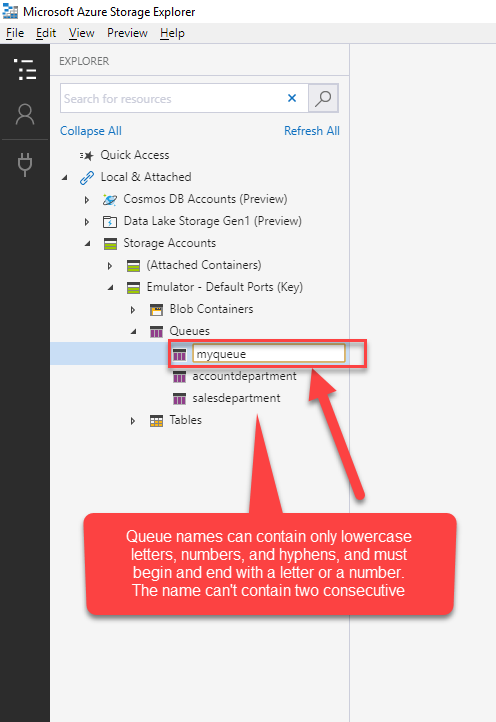
 Public Container All access to the container and its blobs are anonymous. Private All access to the container and its blobs require authentication. You can choose between the following access permissions on the container: The Azure File service provides an alternative to blob storage for shared storage, accessible via SMB 2.1 protocol. Each blob storage account can store up to 500 terabytes of data.Īll blobs can be accessed through a URL format.
Public Container All access to the container and its blobs are anonymous. Private All access to the container and its blobs require authentication. You can choose between the following access permissions on the container: The Azure File service provides an alternative to blob storage for shared storage, accessible via SMB 2.1 protocol. Each blob storage account can store up to 500 terabytes of data.Īll blobs can be accessed through a URL format. 
You can also set security on the entire container. Containers are similar to folders in that you can use them to logically group your files. In a blob storage account, you can have many containers. For instance, when you mount extra logical drives in an Azure virtual machine (VM), the drive image is actually stored in by the Blob service associated with an Azure blob storage account. In addition, Azure uses blob storage extensively. You can store images, video files, word documents, lab results, and any other binary file you can think of. Objective 4.1: Implement Azure Storage blobs and Azure filesĪzure blob storage is the place to store unstructured data of many varieties.
Objective 4.3: Implement Azure Storage queues. Objective 4.2: Implement Azure Storage tables. Objective 4.1: Implement Azure Storage blobs and Azure files. In fact, the REST API is what supports all other options. NET Framework, and using the Storage Services REST API. There are many ways to interact with and develop against Azure Storage including the management portal, using Windows PowerShell, using client libraries such as those for the.






 0 kommentar(er)
0 kommentar(er)
